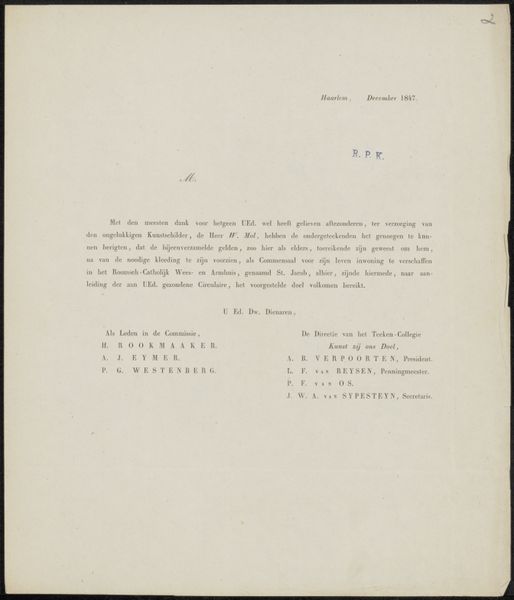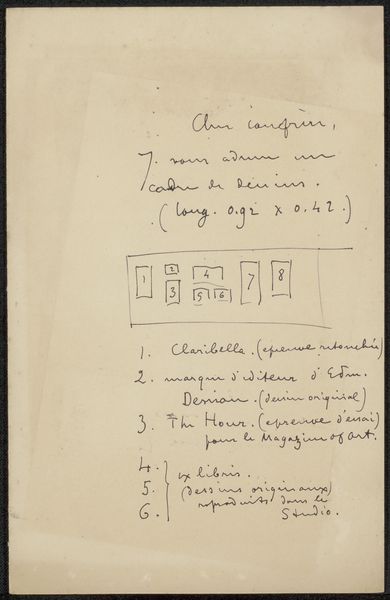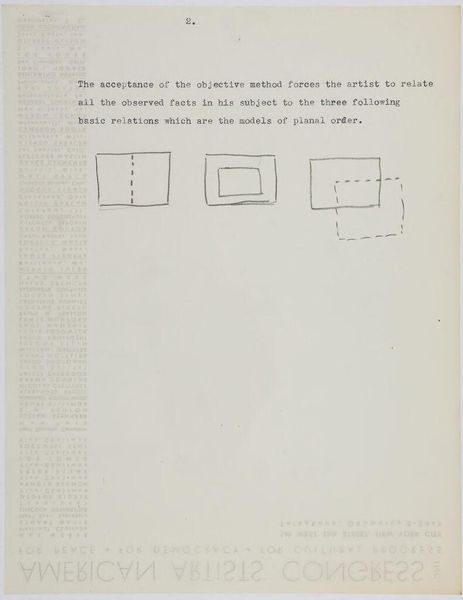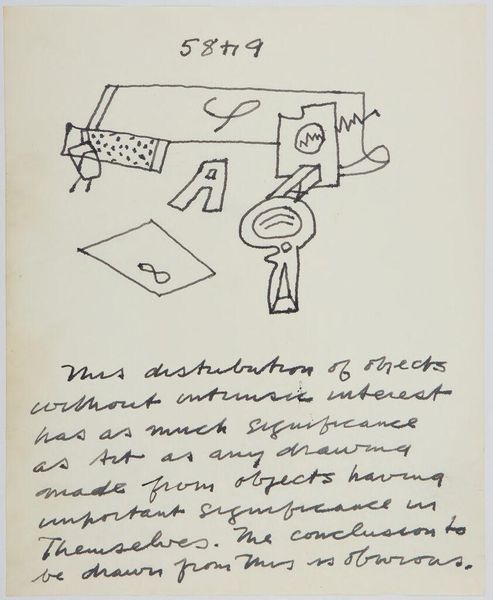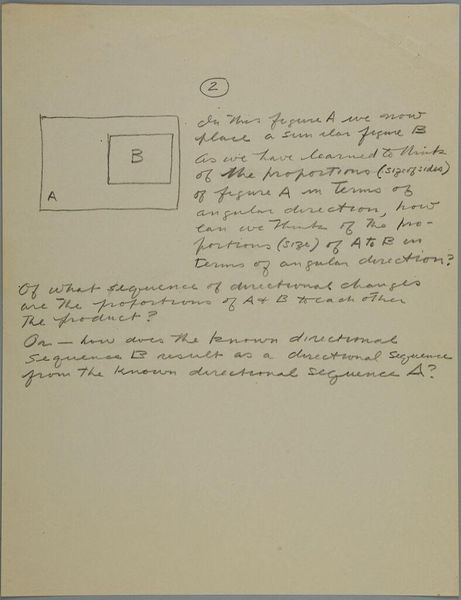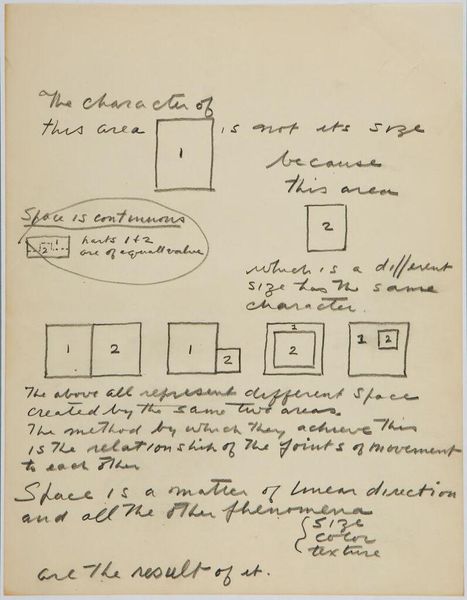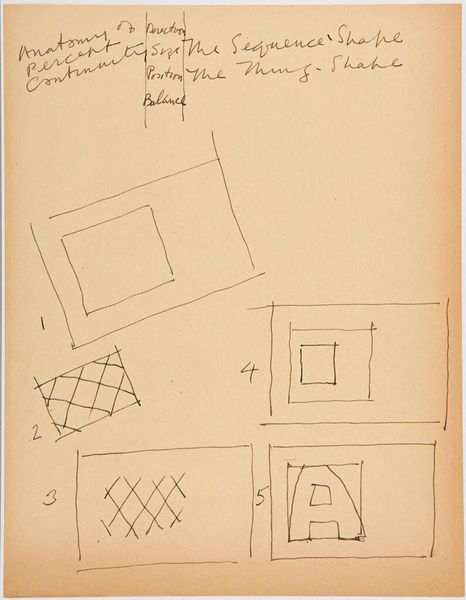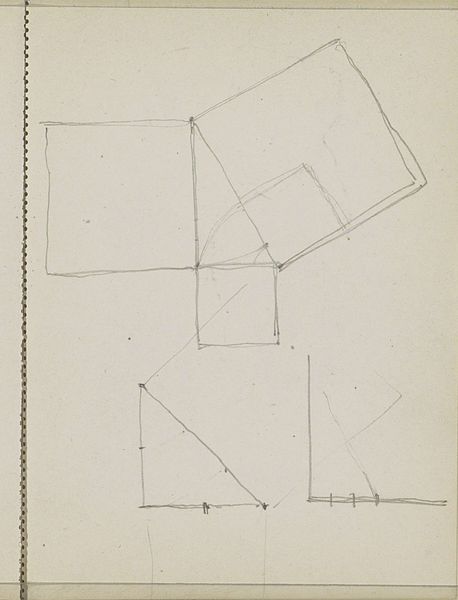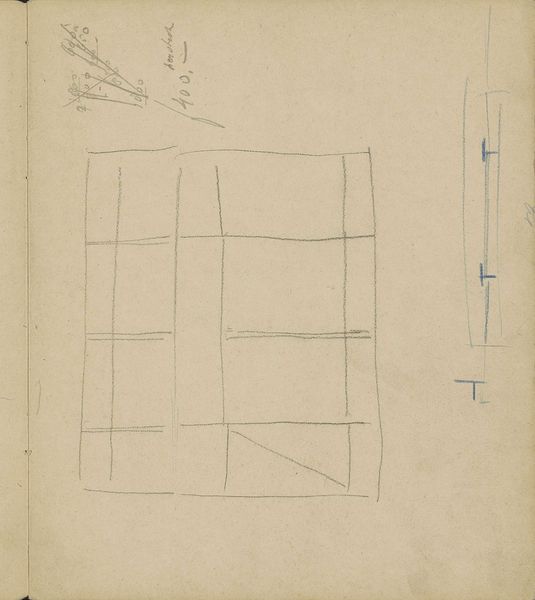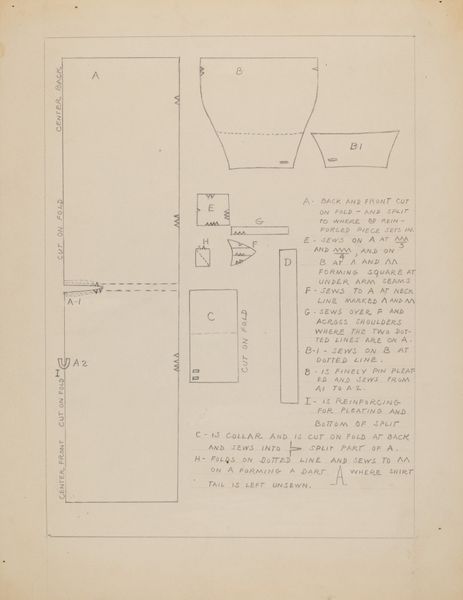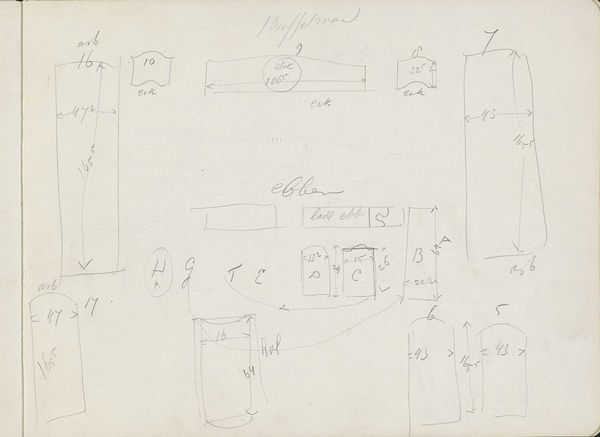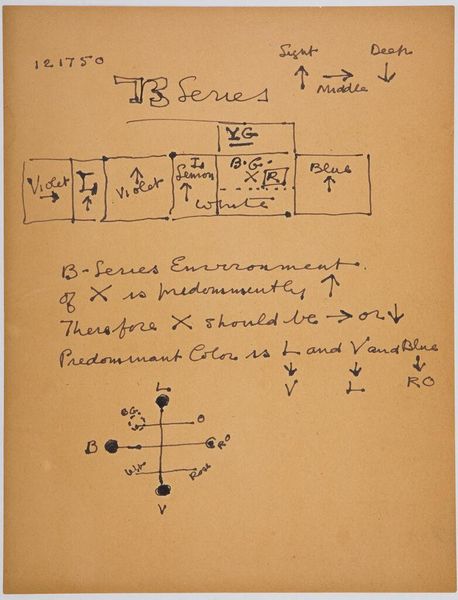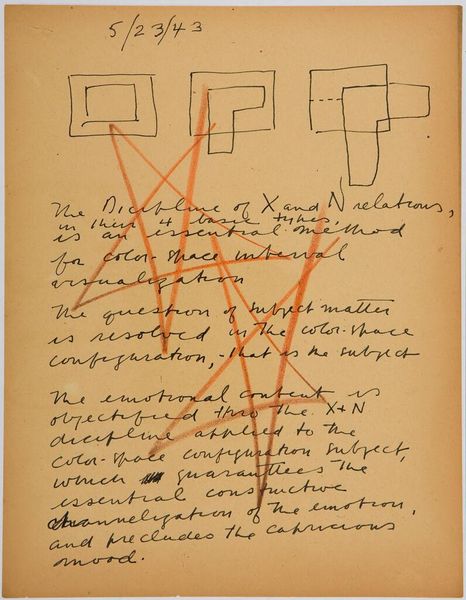
drawing, print, engraving
#
drawing
#
neoclassicism
# print
#
landscape
#
geometric
#
cityscape
#
engraving
Dimensions: height 228 mm, width 187 mm
Copyright: Rijks Museum: Open Domain
Curator: This is a fascinating print called "Plattegrond van de ruïne van Kasteel Brederode," or "Ground plan of the ruins of Brederode Castle," created in 1861 by Isaac Weissenbruch. Editor: My first impression is how diagrammatic it is, almost sterile. The ruins are laid out with a sense of clinical precision. Curator: Precisely. Weissenbruch wasn't aiming for romantic ruin-gazing. He created this as a historical document. Remember, the mid-19th century witnessed burgeoning historical societies and a deep interest in national heritage. Prints like these circulated amongst history buffs, keen to understand the spatial layout of significant historical sites. It speaks volumes about how the Dutch grappled with their past. Editor: I see your point. It's not about atmosphere or emotional resonance. However, consider the line work: fine and delicate engraving that painstakingly outlines each structure and defensive work. Even the different depths of ruin are suggested through variations in shading and line thickness, hinting at the tactile nature of the brick and stone. There's an undeniable aesthetic value in the stark presentation of this architectural 'skeleton'. Curator: I agree there is an element of aesthetic appeal but the numbers accompanying the different parts, cross-referenced in the legend... it reinforces the print's primary purpose as an educational tool and historical record. Its neoclassicist elements lean into making a diagram more than an emotive representation. Editor: It almost becomes an exercise in pure form. Stripped of embellishment, we are invited to consider the very essence of architectural space and defensive structure, lines as shapes, dark spaces to define light, all while existing more as geometry. Curator: True. This was a conscious choice to ground the artwork into the broader 19th century trend of historical positivism. Editor: Despite its inherent dryness, I'm strangely drawn to the methodical deconstruction. It challenges me to reconstruct the space, the castle, within my own imagination, solely based on the foundations of the form itself. Curator: And that active engagement reflects the artist and his era. To Weissenbruch and his peers, the ruin, and its faithful representation, became a conduit for a conversation between present and the national past.
Comments
No comments
Be the first to comment and join the conversation on the ultimate creative platform.
